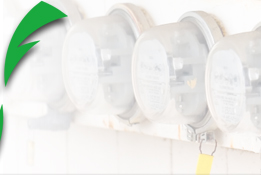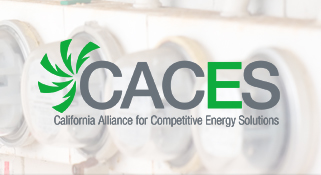 |
 |
 |
|
Editorial: An electricity market? Sacramento Bee — May 29, 2007 The regulators at the Public Utilities Commission are poised to revisit California's spectacular failure at creating a private market for electricity. Caution is in order. A bit of history for recent arrivals: The previous effort to create a market brought the state rolling blackouts and stratospheric prices. Now big consumers of electricity are looking to reduce their costs by buying power on the open market and leaving the monopoly utilities such as Pacific Gas and Electric. Given the pro-market makeup of the PUC, this discussion is inevitable. But times have changed since that initial foray into electricity markets, particularly the state's commitment to lowering greenhouse gas emissions. Dirty power, as in electricity from coal-fired plants, can be cheap power. The quest for lower electricity costs cannot come at a new cost to the environment. It's important to understand what the PUC is up to and what it is not when it comes to "restructuring" or "deregulating" parts of our electricity system. The PUC is not poised to tell utilities such as PG&E that it's OK to sell power plants and to stop planning to provide enough electricity to keep the lights on and to start relying on private companies such as Enron to make up the difference. The fundamental backbone of the regulated system isn't being re-examined. The question is whether a market can exist for some customers within this regulated structure. This market is known as "direct access." The idea is to allow customers (large ones such as department store chains or manufacturers would likely be most interested) to shop for a lower long-term price from an electricity provider other than PG&E or Southern California Edison. This customer would have to pay a yet-to-be-determined "exit fee" and then start buying power from someone else. Just how many customers would do this is unclear, but the number might be substantial. There is still a lot of sentiment in California industry that the grass is greener -- and the electricity cheaper and just as reliable -- on the deregulated side of the fence. Here's the new problem: Regulated utilities will face increasing requirements in the years ahead to create electricity with plants that produce less greenhouse gas. This will come at a cost. Those requirements must somehow follow the "direct access" customer. New producers of electricity from clean, renewable sources cannot be left stranded in the process. Nor can the customers left behind at PG&E be left with more of the costs of guaranteeing adequate supplies of electricity and paying off the costs of the last electricity crisis. This new "direct access" market would be no simple creature to construct, but the PUC seems determined to try. Some Democrats in the Legislature are worried, but they're hardly experts. It was the Legislature, not the PUC, that in 1996 passed the big changes that created all the big electricity problems. The current system may be expensive compared to other states, but it isn't fundamentally broken. Lawmakers and the public should keep that in mind and cast a wary eye at the cheap fix with dirty consequences.
|
||||||||||
California Alliance for Competitive Energy Solutions — CACES
| © Copyright 2007-2023 California Alliance for Competitive Energy Solutions — CACES |
